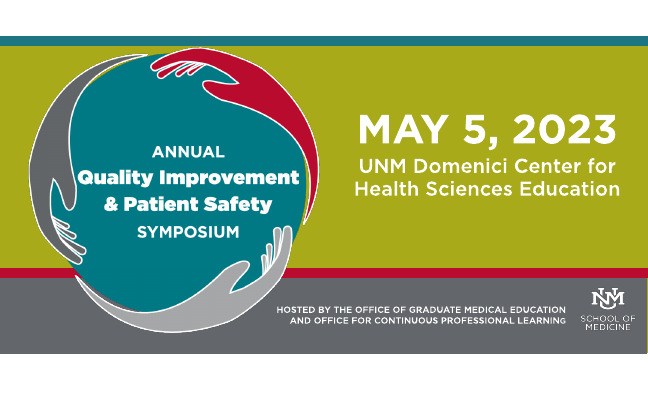Document Type
Poster
Publication Date
5-21-2021
Abstract
Background:
Incarcerated persons are often sicker than the general population, with high levels of medical comorbidities [1]. Among those incarcerated, the elderly population is increasing at much higher rates than younger inmates, and with it rates of age-related chronic illnesses [2-3]. Care transitions, or movement from patients between healthcare settings, increase risk for adverse events due to potential miscommunication during transfers [4-5]. When hospitalized with life-limiting diagnoses, interdisciplinary palliative medicine teams advocate for appropriate patient care for persons who are incarcerated. However, limited resources and communication challenges often lead to inadequate care transitions upon discharge to correctional facilities.
Methods:
A quality improvement project was designed to address the challenges related to communication between Corrections Department (CD) Long Term Care Unit (LTCU) staff and our academic hospital. The aims of this project include the following:
- Identify unique challenges related to care transitions of persons who are incarcerated, specifically those with complex medical and palliative care needs.
- Create an educational intervention for inpatient clinical staff to identify patients with palliative care needs and encourage use of a “Best Practice Algorithm” when discharging these patients to CD LTCU facilities.
- Establish relationships between the inpatient Palliative Medicine Consultation Service and CD LTCU staff to improve care coordination and communication about shared patients during and after hospital discharge.
Expected Outcome:
By facilitating direct communication between hospital medicine services and the Corrections Department staff, we expect to improve the frequency and quality of care transitions for incarcerated persons being discharged to the CD LTCU.
Discussion:
Care transitions from hospital to CD facilities are challenging for multiple reasons, but this can be an especially vulnerable period for persons with serious illnesses and palliative medicine needs. A quality improvement project to enhance communication between hospital and CD staff is ongoing, with hopes that improved care transitions will heighten quality of patient care and reduce patient suffering.
References:
- Linder J and Meyers F. Palliative Care for Prison Inmates, “Don’t Let Me Die in Prison”. JAMA. 2007: 298(8): 894-901.
- Cloyes K, Berry P, Martz K, and Supiano K. Characteristics of Prison Hospice Patients: Medical History, Hospice Care, and End-of-Life Symptom Prevalence. Journal of Correctional Health Care 2015: 21(3): 298-308.
- Stephens S, Cassel J B, Norieka D, and Del Fabbro E. Palliative Care for Inmates in the Hospital Setting. American Journal of Hospice and Palliative Medicine 2019: 36(4) 321-325.
- Center for Medicare and Medicaid Services: Improving Care Transitions. https://www.medicaid.gov/medicaid/quality-of-care/quality-improvement-initiatives/improving-care-transitions/index.html (Last accessed 03/22/2021)
- Agency for Healthcare Quality and Research: Chartbook on Care Coordination. https://www.ahrq.gov/research/findings/nhqrdr/chartbooks/carecoordination/measure1.html (Last accessed 01/02/2021)
Recommended Citation
Cotter, L. Emily MD, MPH; Gina Lutz MD; Sara Combs MD; AO Ferguson MDiv, MA; Suzanne Stern-Brant LMSW; Esme Finlay MD; and Erin FitzGerald DO. "Critical Communication: Improving Care Transitions for Incarcerated Patients Requiring Palliative and End-of-Life Care." (2021). https://digitalrepository.unm.edu/hsc_qips/50




Comments
Presented at the University of New Mexico GME/CPL 2021 Annual Quality Improvement and Patient Safety Symposium.